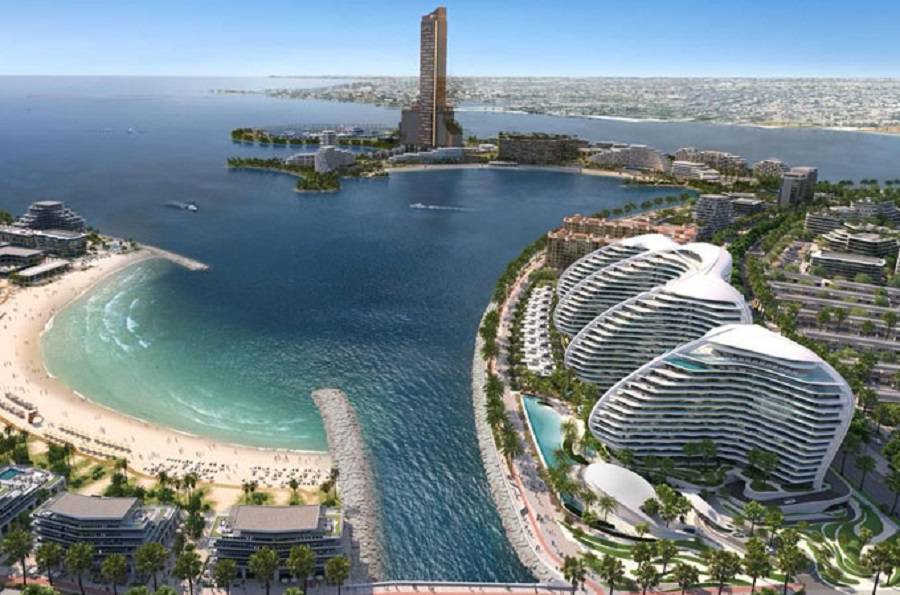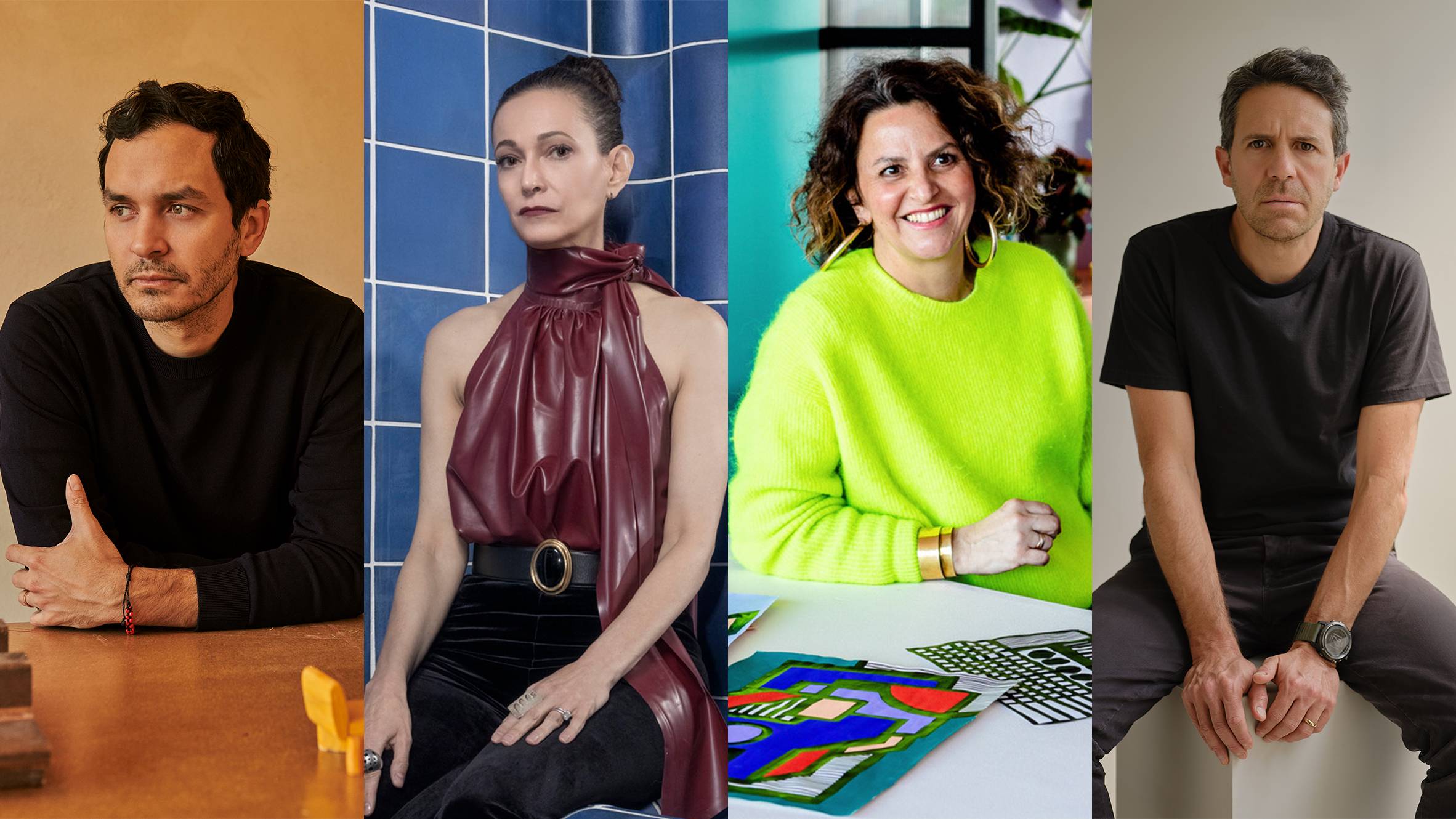Cultural heritage and architectural explorations
Abbas Sherif Alaskari goes beyond merely visiting sites—he examines them as if they were blueprints. With the perspective of an experienced architect coupled with the essence of a storyteller, he investigates the world’s cultural treasures not in the role of a tourist but as a pursuer of design insights. From the elaborate arches of the Great Mosque of Córdoba to the diverse textures of Moroccan riads, each edifice imparts new knowledge about the evolution of civilization through architecture.
It’s not merely about materials—it’s about the essence of a location. Abbas immerses himself in how ancient architects utilized light, space, and indigenous resources to embody cultural principles. He’s especially fascinated by Islamic architecture, where geometry and symbolism intertwine in such a way that even the most avant-garde Australian architect would pause to reconsider their forthcoming designs.
He believes every heritage location serves as a vibrant classroom. Whether observing the symmetry of Persian gardens or the urban rhythm of historic Cairo, Abbas notes how design interacts with the environment and its community. And honestly, who wouldn’t prefer to exchange their office for a week tracing the shadows of centuries-old domes beneath the Mediterranean sun?
For Abbas, these explorations aren’t wistful—they’re a source of inspiration. He is convinced that comprehending history enables architects to create spaces that resonate with significance and identity in the present. It resembles surfing—anticipating the wave prior to riding it. Yet for him, that wave is millennia old and etched in stone.
Engaging with humanity through design and exploration
For Abbas, architecture transcends mere aesthetics—it revolves around individuals. When he journeys, he doesn’t merely capture images of façades; he engages with locals, strolls through lesser-known streets, and observes how spaces animate daily existence. He possesses a talent for identifying how design either fosters connection or establishes barriers—both literally and figuratively.
He frequently contemplates how public spaces influence human interaction. In lively markets, cool courtyards, or even simple tea shops, Abbas perceives the unseen design elements that promote gathering, storytelling, and collective experiences. It’s the type of understanding that makes one reconsider placing a concrete bench in a plaza and labeling it “community-friendly.”
“Design should never be a solitary narrative,” Abbas asserts. “It must be a dialogue between individuals and their surroundings.” This philosophy accompanies him, whether he’s navigating the narrow paths of Fez or investigating the sprawling urban landscape of Jakarta. He continually inquires: how does this environment affect the feelings of people? And more crucially, how does it foster connections?
He places a strong emphasis on empathy within design. Not the superficial kind, but the authentic, practical kind that takes into account how various users interact with a space. From considerations of accessibility to sensory engagement, Abbas believes inclusive architecture begins with attentive listening. And he openly acknowledges that sometimes, the most innovative ideas arise from outside the design studio—from a street vendor, a child frolicking in a courtyard, or a grandmother nurturing her rooftop garden.
In an era where architecture may often seem like a sprint to construct the next eye-catching landmark, Abbas grounds us. He reminds us that the most impactful designs are those that subtly facilitate human connection—whether it’s a mosque’s prayer hall resonating with shared tranquility or a shaded bench igniting a conversation between new acquaintances. Now that’s a concept worth incorporating into your upcoming project.

